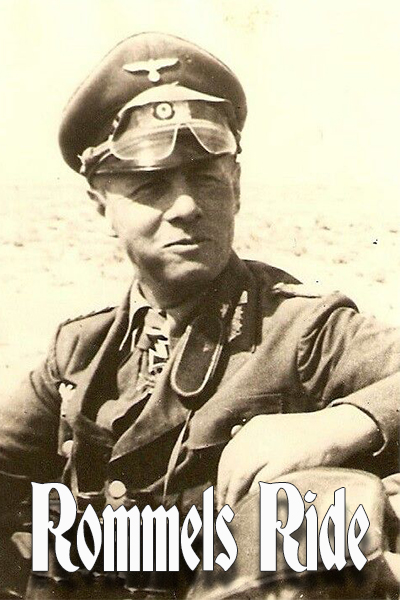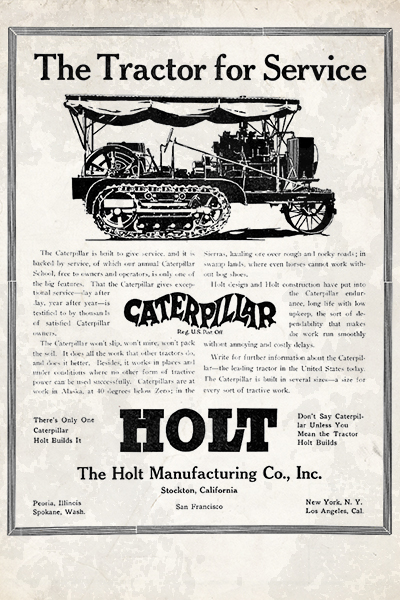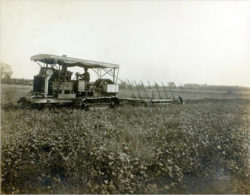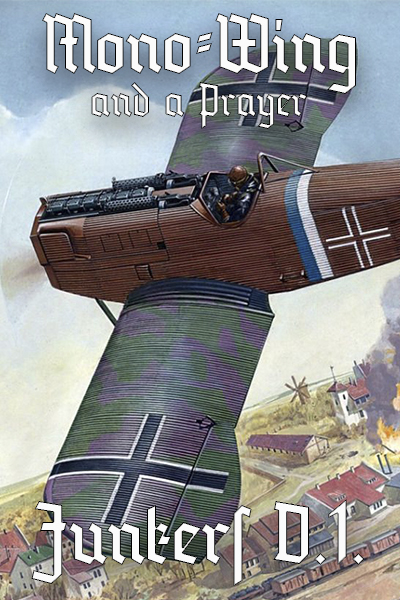 The German war reporter Fritz Lucke descried the AEC Dorchester as; “An armored box as big as a bus, on a giant balloon tires as big and fat as the undercarriage wheels of a Junkers transport plane. The walls are windowless and painted in blue-grey camouflage shades. Only the driver and his co-driver have windshields, protected behind armored visors”.
The German war reporter Fritz Lucke descried the AEC Dorchester as; “An armored box as big as a bus, on a giant balloon tires as big and fat as the undercarriage wheels of a Junkers transport plane. The walls are windowless and painted in blue-grey camouflage shades. Only the driver and his co-driver have windshields, protected behind armored visors”.
Based upon the Matador, The AEC “Dorchester”, the name coined by the British, was used by the British armored formation from 1941 onward through the 1950’s as a radio and command vehicle. During the desert campaign of WWII, at least three of these cars were captured by German forces and presented to Rommel’s HQ. Renamed “Mammoths” by the Germans, the first two vehicles most likely were captured from the British 2nd armored division. Upon seeing the captured vehicles Rommel is reported to have said; “Booty is permissible I assume, even for a general”. The Germans named one of the vehicles “Moritz” and the other “Max”, after children’s fairy tale figures. Max is the subject of this article.






